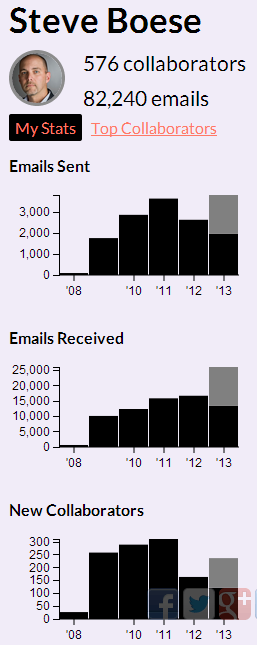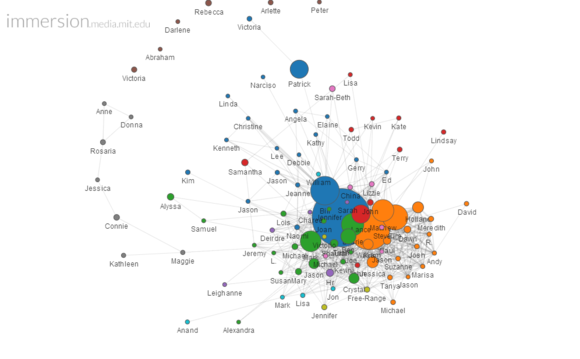When the robots realize what they don't know
Warning in advance to the good folks that check out the blog here, I sense another 'robot' kick coming on.
So bail out now if indeed the tales from the robotics frontier are not really your thing.
Today's dispatch from the robot wars - Robots Learning Better Ways to Ask Clueless Humans for Help, is from the IEEE site. Scientists and robotics researchers at MIT, (it is always MIT it seems), have taken the 'clueless' robot that traditionally can do only what is specifically programmed to do, and enhanced it with the ability to interpret where and when it needs assistance to carry out an assigned task, and then to communicate that need for help to an equally clueless human counterpart.
In the research conducted at MIT, scientists have taught the robots to ask for help to complete the assembly of a piece of furniture. They can make requests for assistance like 'Please flip the white table top over' and 'Please hand the blue robot the black table leg'. check out the embedded video below to see how this process and technology work (email and RSS subscribers will need to click through)
If you watched the video all the way through (you deserve a medal for that), you might have caught the most interesting line of all - that this kind of robot technology would eventually allow humans to supervise larger and larger groups of robot workers.
Robots are great at completing the majority of most simple tasks, but eventually there are one or two steps in whatever you want a robot to do where it's much more likely to fail. Giving robots the ability to recognize these failure points and then intelligently ask for assistance could open up many more tasks to at least partial automation, and it's likely to have the most impact in variable, unstructured environments.
You know, like the kinds of environments and types of jobs that we keep thinking are going to be safe from the eventual robot uprising.
Have a great week!

 Steve
Steve





